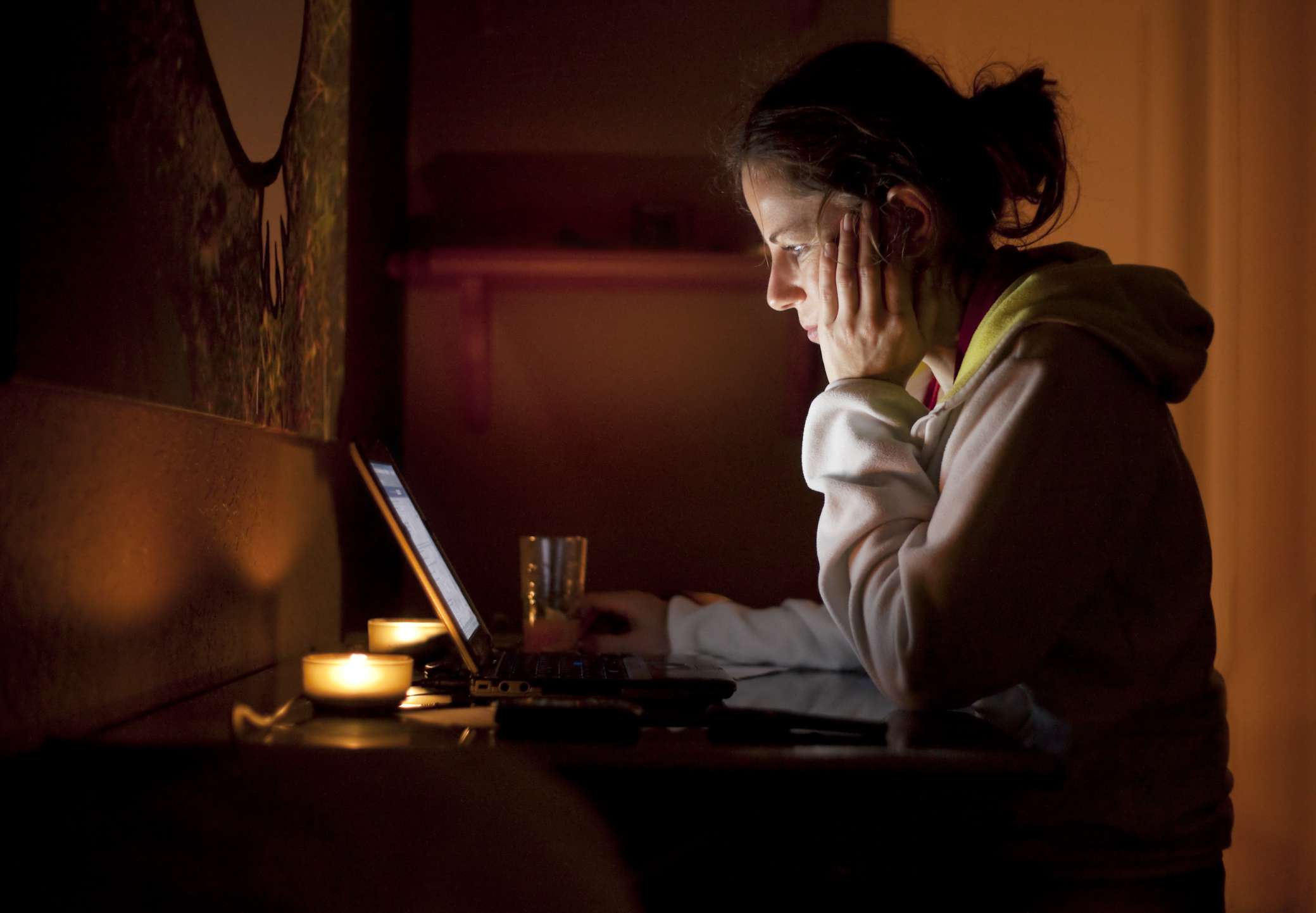In today’s hyperconnected world, digital devices have seamlessly integrated into our daily lives. Smartphones, tablets, laptops, and other gadgets bring us information, entertainment, and convenience, but they also come with an unintended side effect: digital addiction. Often subtle yet profoundly impactful, digital addiction affects millions globally, reshaping our habits, influencing our emotions, and altering the way we relate to ourselves and the world around us.
What is Digital Addiction?
Digital addiction, or internet addiction, refers to compulsive and excessive use of digital devices, particularly smartphones and computers, to the detriment of an individual’s physical, mental, and social well-being. Unlike traditional addictions to substances, digital addiction is behavioral. It manifests through an uncontrollable urge to check notifications, scroll social media, play online games, or engage in other online activities, even when they interfere with daily life.
How Digital Addiction Affects Us
1. Mental Health Implications
Research reveals a significant link between excessive digital use and mental health issues, such as anxiety, depression, and stress. Social media, in particular, can lead to increased feelings of loneliness and inadequacy due to constant comparisons with curated lives shown online. Moreover, the “dopamine loop” created by digital platforms’ like buttons and notification sounds can trigger addictive behaviors, leaving users seeking more validation through digital engagement.
2. Impact on Physical Health
Digital addiction can take a toll on physical health too. Screen time often translates into a sedentary lifestyle, leading to problems like obesity, poor posture, and repetitive strain injuries. Additionally, prolonged screen exposure disrupts the body’s natural sleep patterns, reducing the quality of sleep and leading to chronic fatigue and decreased productivity.
3. Social and Relational Consequences
Paradoxically, while digital devices aim to connect us, they often result in social isolation. Families sitting together but glued to separate screens is a common sight, and people increasingly prefer virtual interactions over face-to-face communication. This decline in direct social interactions can weaken personal relationships and increase feelings of loneliness, even as people are virtually “connected” with hundreds of others.
Why We’re Hooked
Digital platforms are designed to be addictive. Many apps and websites use algorithms to maximize user engagement and time spent on the platform. Features like “infinite scroll,” notifications, and personalized content keep users coming back, often without them realizing how much time they’re spending. The sense of novelty and immediate gratification they provide taps into our brain’s reward system, making it difficult to resist checking our devices, even if it means neglecting real-world responsibilities.
Recognizing Digital Addiction: Are You at Risk?
Self-awareness is the first step in recognizing a problem. Here are some signs that may indicate digital addiction:
- Feeling anxious or irritable when away from digital devices.
- Losing track of time while on devices, spending longer than intended.
- Prioritizing online interactions over real-life relationships.
- Experiencing a decline in work, school, or personal responsibilities.
- Struggling to reduce screen time despite wanting to cut back.
Overcoming Digital Addiction
If you or someone you know struggles with digital addiction, several strategies can help regain control.
1. Set Boundaries and Goals
Limit screen time and establish device-free zones (such as bedrooms or the dining area) to ensure screen time doesn’t interfere with essential activities. Setting goals to gradually reduce digital time can also ease the transition.
2. Practice Digital Detox
A digital detox involves taking a break from digital devices entirely for a specified period. Regularly unplugging, whether for a day or an entire weekend, can help reset our relationship with technology and reduce dependency.
3. Find Offline Alternatives
Engaging in hobbies and activities that don’t involve screens—like reading a physical book, exercising, or spending time outdoors—can shift focus away from digital devices and reduce reliance on them for entertainment.
4. Mindful Usage
Practice mindfulness when using digital devices. By staying aware of why you’re using a device and what you’re feeling, it becomes easier to break patterns of compulsive checking. Additionally, turning off non-essential notifications can reduce the urge to constantly check your device.
5. Seek Professional Help
In severe cases, digital addiction might require support from professionals who specialize in behavioral addiction. Cognitive Behavioral Therapy (CBT) and other counseling techniques can be highly effective in helping individuals address and manage digital addiction.
Moving Towards a Healthier Digital Future
Digital technology has undeniably brought remarkable convenience and opportunities into our lives. However, as we embrace the benefits of the digital world, it’s crucial to stay vigilant about its potential downsides. By practicing balance and mindfulness, we can reclaim control over our screen time, build healthier habits, and ensure that our relationship with technology remains positive and constructive.
Digital addiction is real, but with awareness, boundaries, and support, it’s possible to navigate a path towards a healthier, more fulfilling digital life. Let’s
make intentional choices that help us thrive both online and offline.





